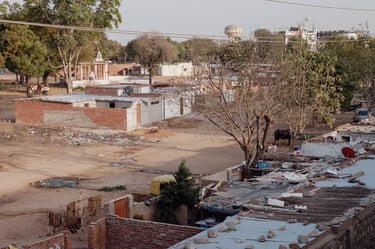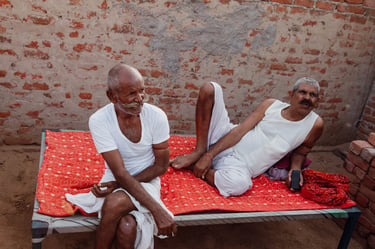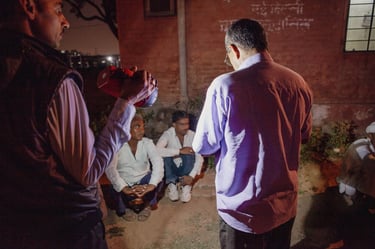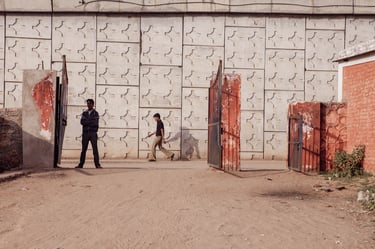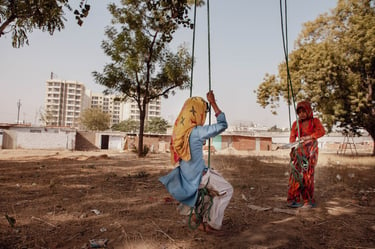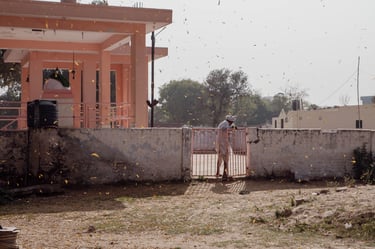A fragment of freedom
When the sun rises, people head out to work. Children get ready for school. Like every other morning, Babulal waits with his rickshaw to take them there. Outside the small houses, a woman milks a buffalo to prepare chai. Another ordinary day begins — though not in an ordinary neighborhood. This is Sampurnanand Open Prison, on the outskirts of Jaipur.
The idea of an “open” prison was introduced in 1963 by the former governor of Rajasthan, Sampurnanand, who believed that crime should not be punished with vengeance but addressed through rehabilitation and social reintegration.
Fifty years later, Shri Sampurnanand Shivir has no fences, and its gates remain open during the day. Inmates are free to leave in the morning to work or move about like any other citizen. At dusk, they return, the warden counts them, and the gates are closed until sunrise.
Today, the prison houses around 400 inmates, most of them convicted of murder. Each inmate has his own home — often shared with his family — and is responsible for his daily needs and utilities.
To be transferred to Shri Sampurnanand Shivir, an inmate must meet specific criteria: having committed only one offense and maintaining good behavior in a conventional prison. If someone were to escape or reoffend, they would be sent back to a closed facility. However, this has rarely occurred. Since its founding, only one escape has been reported — an inmate with mental health issues — and no prisoner has ever committed another crime during or after serving their sentence.
